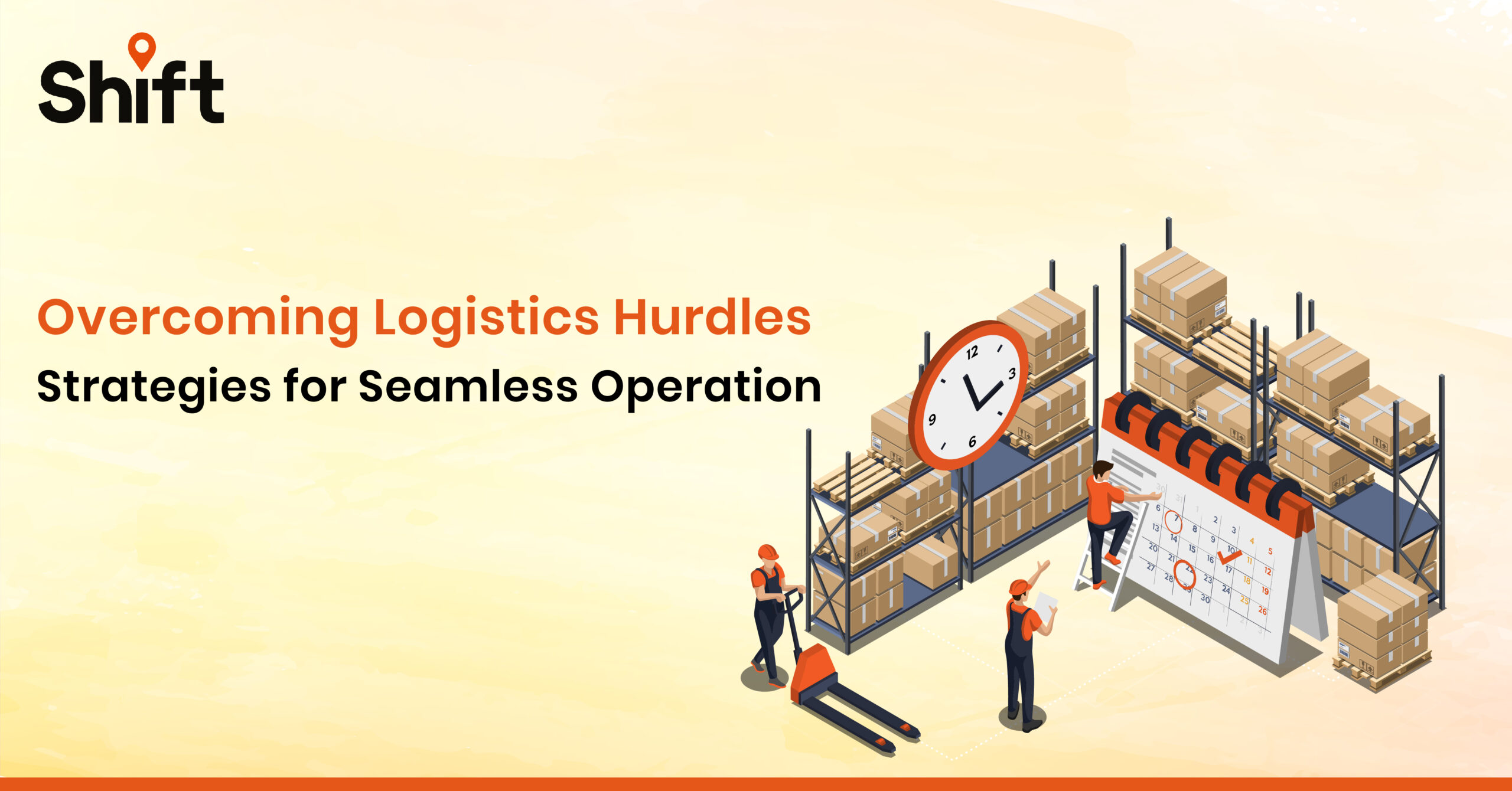Overcoming Logistics Hurdles: Strategies for Seamless Operations

In today’s fast-paced and interconnected world of global trade, the role of logistics has become a lot more important. Efficient logistics solutions in India are vital to ensure smooth operations and enhance competitiveness in the marketplace. However, just like the other industries, the logistics industry also encounters numerous hurdles.
In this blog, we will explore some of the key challenges faced by logistics companies and the strategies that they use to overcome them, ultimately leading to seamless operations and enhanced customer satisfaction.
Infrastructure Development
One of the primary challenges in the Indian logistics landscape is the need for robust infrastructure development. Insufficient road networks, outdated ports, and limited warehousing facilities can lead to delays and inefficiencies. To overcome this hurdle, the government and private sector must invest in modernizing transportation networks. Creating state-of-the-art warehouses, and upgrading port facilities. Leveraging technology and adopting sustainable practices can further enhance infrastructure and contribute to the overall growth of Logistics Solutions in India.
Last-Mile Delivery Woes
The last-mile delivery problem is a persistent challenge that logistics providers face, especially in the densely populated urban areas. Navigating through congested streets and delivering packages to individual households in a timely manner can be daunting. To address this pressing concern, companies must ideally employ innovative approaches such as crowd-sourcing, partnering with local retailers for pick-up points and utilizing electric or hybrid vehicles for eco-friendly delivery. By optimizing last-mile delivery, logistics companies can significantly improve customer satisfaction and reduce operational costs.
Inventory Management and Warehousing
Efficient inventory management is crucial to avoid stockouts or overstock situations that can lead to financial losses. Lack of proper warehousing and inventory tracking systems can hinder seamless operations. Implementing modern inventory management software, adopting Just-In-Time (JIT) practices, and embracing automation can optimize inventory levels, reduce carrying costs, and improve order fulfillment.
Technological Integration
In today’s digital age, embracing technology is no longer a choice but a necessity for logistics companies. Adopting advanced solutions like Internet of Things (IoT) devices, Artificial Intelligence (AI)-driven analytics, and blockchain technology can streamline operations, enhance visibility, and provide real-time tracking of shipments. By integrating technology, logistics providers can optimize route planning, reduce transit times, and enhance overall efficiency.
Regulatory Compliance
Navigating through a complex web of regulations and compliance requirements can be a daunting task for logistics companies. Ensuring adherence to customs regulations, tax laws, and environmental standards is crucial to avoid penalties and disruptions in operations. Partnering with experienced customs brokers, staying updated with the latest regulatory changes, and maintaining transparent communication with authorities can help overcome regulatory hurdles and ensure seamless cross-border operations.
Conclusion
Overcoming logistics hurdles is essential for the success of logistics solutions in India. By addressing challenges related to infrastructure, last-mile delivery, inventory management, technological integration, and regulatory compliance, logistics companies like Shift can streamline operations and achieve a competitive edge in the market. Embracing innovative strategies, investing in modern infrastructure, and adopting advanced technologies will undoubtedly lead to more efficient and seamless logistics operations, benefiting businesses and customers alike. The future of logistics in India is promising with a strong focus on overcoming challenges and delivering excellence in every aspect of the supply chain.